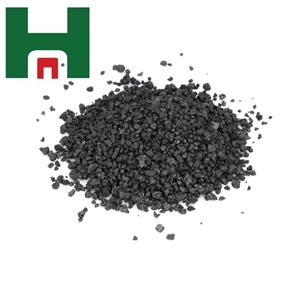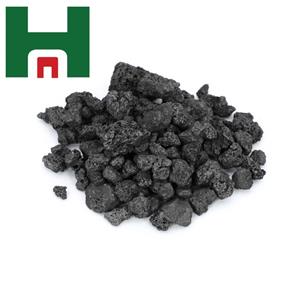Petroleum coke Market performance is acceptable, and the coke price is generally on the rise.
Market Overview
On October 30, the average market price of petroleum coke was 2,993 RMB/ton, up 8 RMB/ton from the previous working day, an increase of 0.27%. Today, the petroleum coke market performed acceptably. Refineries under major operators maintained stable prices to fulfill orders, support from downstream demand was good, overall market shipments were smooth without pressure. Local refineries actively sold petroleum coke, with refinery inventories mostly at low levels. Coke prices saw more increases than decreases.
Sinopec refineries maintained stable prices for shipments. Demand for needle coke in the Yangtze River region was good, with refineries generally experiencing smooth shipments. Anqing Petrochemical, Jiujiang Petrochemical, and Hunan Petrochemical primarily produce needle coke. In the North China region, Yanshan Petrochemical mainly produces anode coke. Demand in the East China region was stable, with refineries maintaining prices for shipments. In the Northwest region, Tahe Petrochemical primarily ships coke outside Xinjiang, mainly supplying aluminum-use carbon.
CNPC refineries mostly maintained stable prices. In the Northeast region, refinery inventories were low, shipments were good, downstream demand provided acceptable support, and the overall market atmosphere was dominated by positive factors. In the Northwest region, refinery shipments remained stable, primarily serving aluminum-use carbon demand. In the South China region, Guangdong Petrochemical currently has no external sales.
CNOOC refineries shipped according to orders.
Regarding local refineries, the petroleum coke market saw acceptable trading activity, with refinery coke prices showing more gains than losses. Today, the average market price in Shandong region was 2,971 RMB/ton, down 51 RMB/ton from the previous working day, a decrease of 1.69%. Currently, downstream carbon and anode enterprises still provide some support for petroleum coke, with coke prices at some refineries continuing to rise by 30-100 RMB/ton. Previously, coke prices rose to high levels, leading to increased wait-and-see sentiment among some downstream enterprises; procurement was relatively cautious, limiting shipments from some refineries, causing coke prices to fall by 10-230 RMB/ton. Today's market fluctuations: Shandong Qicheng Petrochemical's petroleum coke sulfur content decreased to around 3.5%, Vanadium decreased to 500 PPM, latest quoted price 2,720 RMB/ton; Shandong Tianhong Chemical's petroleum coke sulfur content decreased to 2.5%; Xintai Petrochemical's petroleum coke sulfur content increased to 5.2%, Vanadium content increased to 850 PPM; Hebei Xinhai Chemical's petroleum coke latest quoted price is 3,750 RMB/ton.
Regarding imported coke, port petroleum coke inventories continued to be drawn down, pickup speed increased. Imported sponge coke prices remained high. Taiwan MoC and Venezuelan coke shipments were acceptable, with prices slightly rising.
Supply Side
As of October 30, there were 26 delayed coking units undergoing shutdowns/maintenance nationwide. The national daily production of petroleum coke was 78,990 tons. The coking operating rate was 61.94%, an increase of 0.43% from the previous working day.
Demand Side
Operating rates and demand from downstream aluminum-use carbon enterprises remained stable. The needle coke material market demand continued the pattern of "strong energy storage, stable power," maintaining good demand for petroleum coke. Demand within the graphite electrode market was limited, resulting in average demand for raw material petroleum coke. The silicon carbide market still maintains demand for petroleum coke.
Later Market Forecast
Trading in the petroleum coke market is acceptable. Downstream procurement follows demand, which still provides support to the petroleum coke market. Therefore, Baichuan Yingfu predicts that tomorrow, prices for some models of petroleum coke are still expected to rise, while individual grades may see slight decreases due to indicator fluctuations.



